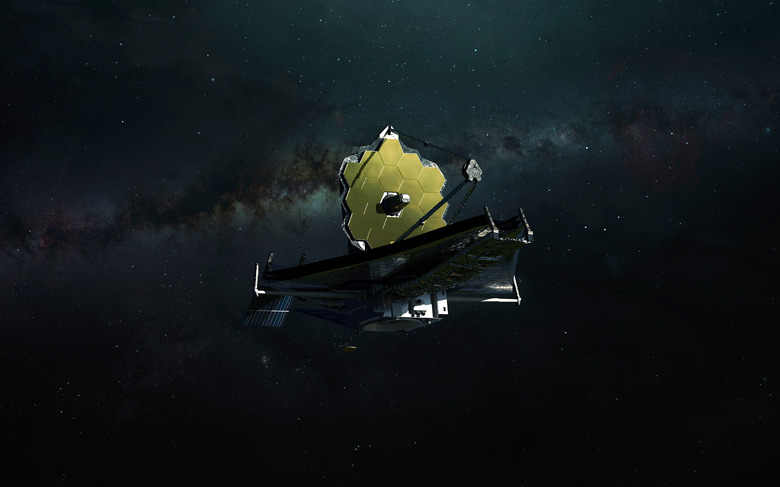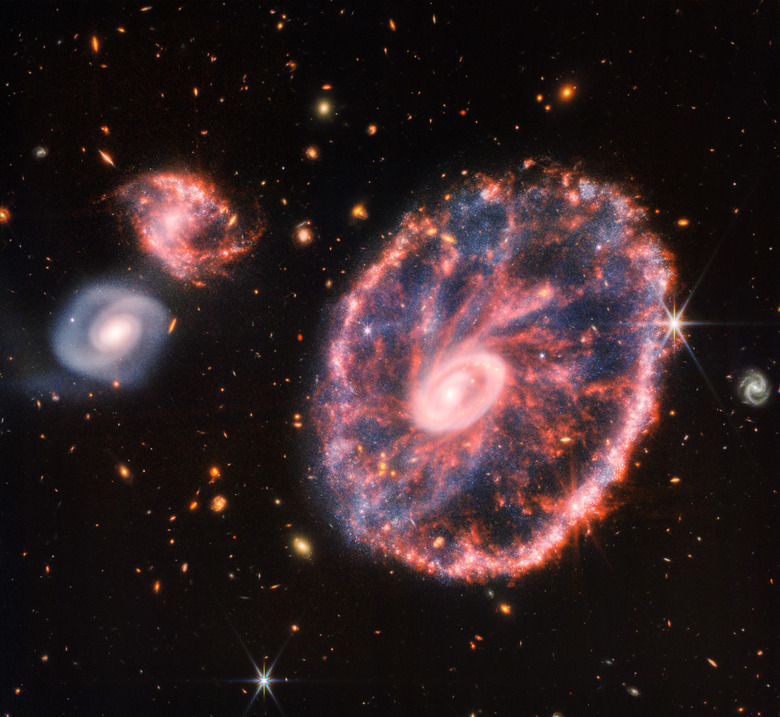James Webb Space Telescope Is Spotting Things That Have Scientists Baffled
The James Webb Space Telescope is reshaping what we thought we knew about the universe. Since NASA released James Webb's first images, the space telescope has been on a crash course to turn our knowledge of the universe on its head. Not only does it open new doors to studying the early universe, but James Webb's observations are also leaving scientists absolutely puzzled.
Why James Webb’s observations are puzzling scientists
As I noted above, one of James Webb's biggest strengths is being able to peer into the early universe in some capacity, unlike any other space telescope we've ever crafted. As such, it has given us insight into the first moments of our universe that we wouldn't otherwise have. But, these James Webb observations have also left many scratching their heads.
For the longest time, scientists believed that the early universe was a place of chaos. A point in time when early galaxies were small and unorganized as the cosmos formed. However, with James Webb observing galaxies so far back in time, we can see that things were quite different. Galaxies were not only massive but also less chaotic than originally predicted.
These new truths have turned things on their head even more. That's because observations by previous telescopes like Hubble seemed to line up with the hypothesis that the early universe was chaotic. However, it seems that the appearance of chaos may simply have been caused by Hubble's limitations. With these new James Webb observations, we're finally able to see the truth in high resolution.
But, as The Byte notes, this isn't a bad thing. Having our knowledge of the early universe turned on its head is simply a sign of progress. As technology becomes stronger, and James Webb shares deeper observations into the universe, we will be able to learn more about the earliest moments that formed everything we see around us.
This progression is a natural part of astronomy. And one day, when we build a telescope even more powerful than James Webb, we could see scientists scratching their heads yet again. For now, we can at least look forward to more of James Webb's observations, which will hopefully unlock even more data about our early universe.

